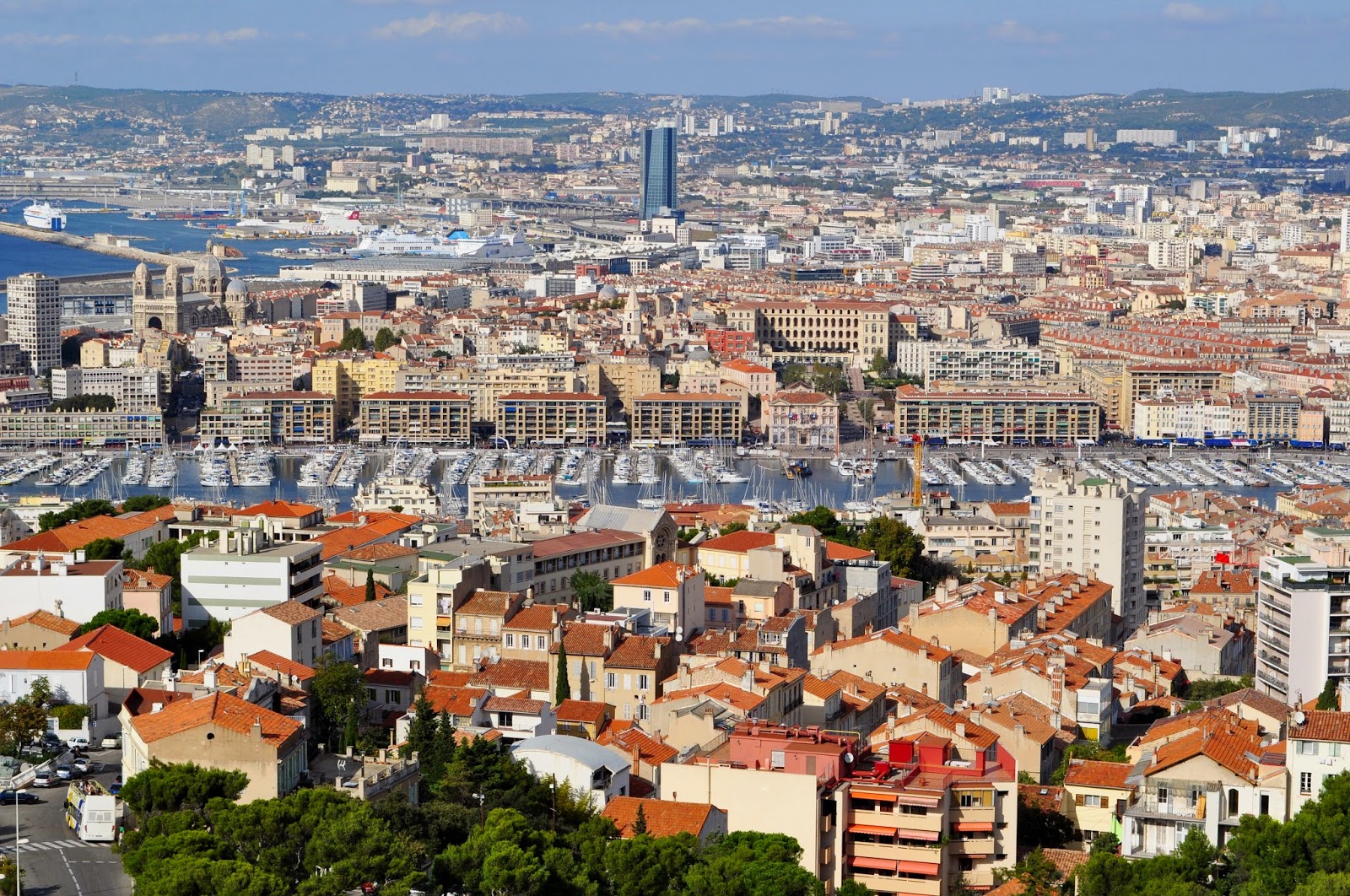One of our favorite times to entertain is to invite friends for nibbles and drinks at the end of the day for one of our favorite French traditions called apéritif. For the uninformed, apéritif is both a beverage and a social occasion, and a wonderful part of daily life in France. It is a national custom where time is set aside at the end of the day to share a drink and maybe a bite or two with family, friends, and colleagues, all the while engaged in conversation.
An apéritif by definition (it's a French word derived from the Latin verb aperire, which means “to open.”) is a prelude to dinner, so the "bites" of food that accompany drinks should be tantalizers to the taste buds, preparing them for the meal to come. Generally, the accompaniments are bite-sized finger foods that can be eaten with your hands.
Traditional apéritif drinks can be roughly divided into three groups. The wine group includes still and sparkling wines, fortified wines and wine based mixtures. A second group consists of herb and spiced-based alcohols, Pastis and Compari, for example, that are usually diluted with water. The third is fruit based and may or may not contain alcohol.
Salty foods are popular - olives, nuts, cornichons and radishes with butter and salt. Spreads made from olives, eggplants, pâté or salt cod and served on toasts or in puff pastry are common. We have also been served saucisson (dry sausages), apero-sized goat cheese marinated in herb-infused olive oil, and tiny clams, known as tellines which are eaten one by one - finger licking good.
I like to try new recipes every time I cook. One night last week, I tried 4 new recipes; grated carrot salad, cheez-it-ish crackers, and spaghetti with creamy Walnut-Gorgonzola sauce which are shown in the next two pictures. I also made a lentil salad that I have made before and socca, a chick pea flour pancake from Provence (and neighboring Liguria, where it’s called farinata).
 |
| Cheez-it-ish crackers, grated carrot salad and lentil salad |
We have tried quite a few grated carrot recipes, a popular dish in French bistros and cafés. The recipe this night came from "Around my French Table" by Dorie Greenspan and is our personal favorite so far. I envisioned the socca from the same book as a future offering at an apéritif with friends. Unfortunately, it didn't turn out the way I expected.
The recipe for the Salsa di Noci e Gorgonzola or Spaghetti with Walnut-Gorgonzola Sauce was a new one for me from Biba Caggiano, an award winning cookbook author and restaurateur from Sacramento, California. The dish was delicious, but very rich.
 |
| Spaghetti with creamy Walnut-Gorgonzola Sauce |
The Cheez-it-ish crackers from "Around my French Table" authored by Dorie Greenspan were an unexpected hit with Shirley and I. They are super tasty and remained crunchy until they were gone after three days stored in plastic bag. Future guests can look forward to enjoying these with us.
 |
| Cheez-it-ish crackers |
I have had Dorie Greenspan's book "Around my French Table" since it was released in 2010. Unfortunately for us, I had not really opened it till this past week. What a mistake! The grated carrot salad and the cheez-it-ish crackers recipes were easy and wonderful. Below, I share the recipe and I strongly encourage you to try it for yourselves. They will be wonderful at your next aperitif.
 |
| "Around my French Table" cookbook |
Cheez-it-ish Crackers
Makes about 50 crackers
Ingredients
8 tablespoons (1 stick) cold unsalted butter, cut into 16 pieces
1/4 pound Gruyère, Comté, or Emmenthal, grated (about 1 cup)
1/2 teaspoon salt
1/8 teaspoon freshly ground white pepper
Pinch of cayenne pepper
1 cup plus 2 tablespoons all-purpose flour
Directions
1. Put the butter, cheese, salt, white pepper, and cayenne pepper in a food processor and pulse until the butter is broken up into uneven bits and the mixture forms small curds.
2. Add the flour and pulse until the dough forms moist curds again - these will be larger. The cookbook author says that there are times, though, when you pulse and pulse and never gets curds - in that case, just process for a minute or so, so that everything is as moist as possible.
3. Turn the dough out onto a work surface and knead it gently until it comes together. Divide the dough in half, pat each half into a disk, and wrap the disks in plastic. Chill for at least an hour, or for up to 3 days.
4. Center a rack in the oven and preheat the oven to 350 degrees F. Line a baking sheet with a silicone baking mat or parchment paper.
5. Working with 1 disk at a time, roll the dough out between sheets of plastic wrap or wax paper to a scant 1/4 inch thick. Using a small cookie cutter, one with a diameter of about 11/4 inches - cut the dough into crackers.
6. Gather the scraps together, so you can combine them with the scraps from the second disk, chill, and roll them out to make more crackers. Place the rounds on the baking sheet, leaving a scant inch between the rounds.
7. Bake for 14 to 17 minutes or until the crackers are lightly golden and firm to the touch; transfer the crackers to a rack to cool. Repeat with the second disk of dough (and scraps), making certain that your baking sheet is cool. You can serve these a little warm or you can wait until they reach room temperature.
I hope you will invite your friends to join you for aperitif, it is such a civilized way to transition from your work day to personal time. The Cheez-it-ish crackers will be perfect to nibble on and enjoy with a glass of sparkling wine or white wine.












































